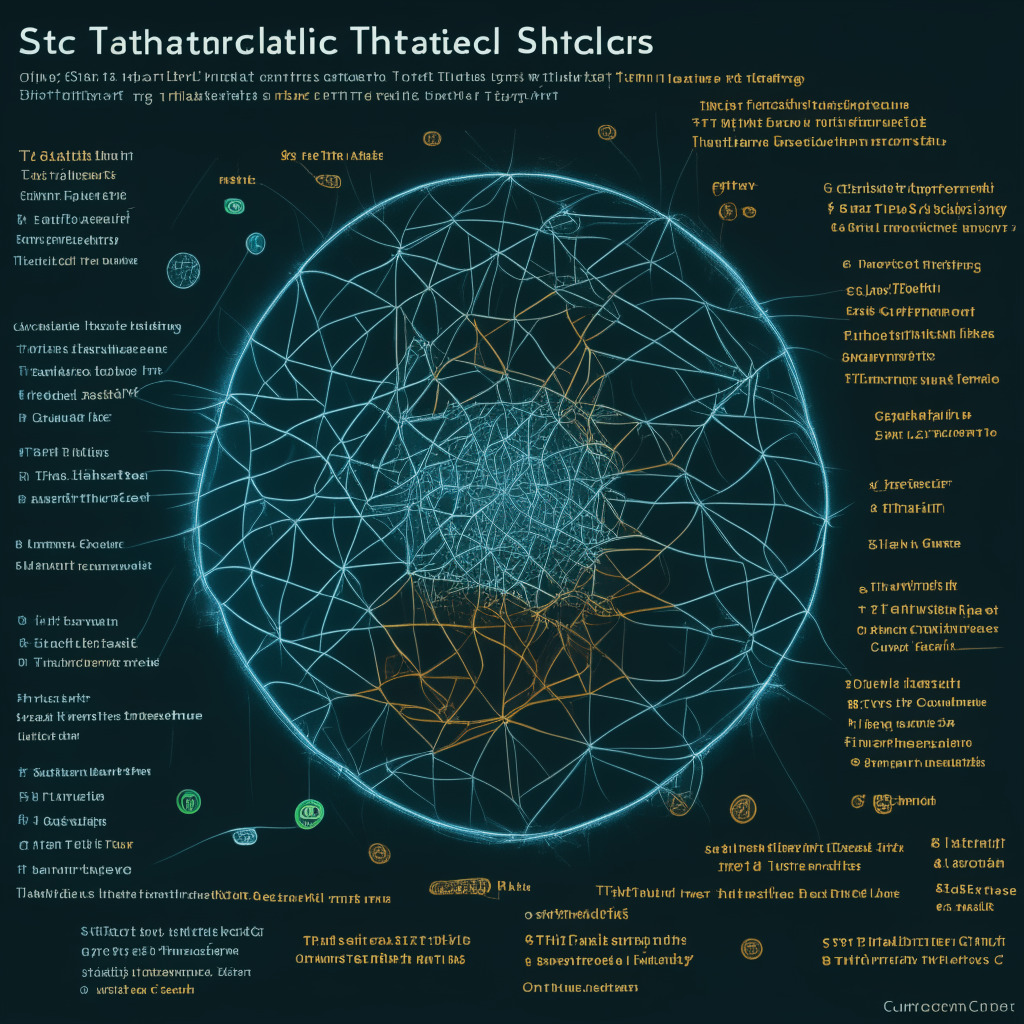Millions worth of USDT stablecoins appeared to be selling off on popular Uniswap and Curve pools Thursday morning, sparking early signs of concern among traders. The USDT balances on Curve’s popular 3pool, a stablecoin swapping pool made up of USDT, USDC, and DAI, rose to over 72% early on Thursday – suggesting traders had exchanged tens of millions of USDT in favor of stablecoins USD coin (USDC) and dai (DAI).
Curve’s 3pool now holds over $300 million worth of USDT and nearly $55 million each of DAI and USDC. This imbalance suggests an increased preference for DAI and USDC over Tether. Such sentiment was previously observed during Terra’s implosion last May and the collapse of the crypto exchange FTX in November, as reported by CoinDesk.
Tether CTO Paolo Arduino suggested in a tweet that some traders could be looking to “capitalize on the general sentiment” in the broader crypto markets, which has dipped in the past 24 hours. “Markets are edgy these days, so it’s easy for attackers to capitalize on this general sentiment,” Arduino said. “But at Tether we’re ready as always. Let them come. We’re ready to redeem any amount.”
While this development raises the question of whether traders are losing faith in the dominant stablecoin USDT, Tether’s response seems to convey an unwavering commitment to retain traders’ trust. The pivot to other stablecoins like DAI and USDC, which have emerged as viable alternatives, could be indicative of a more diverse and competitive stablecoin market, ultimately benefiting users. On the other hand, concerns around regulatory scrutiny and market stability may be driving traders to hedge their bets by diversifying their stablecoin holdings.
It is essential to consider the broader context of the sell-off. External factors like a bearish outlook in the wider crypto market and previous black swan events affecting exchanges may also have contributed to this shift in stablecoin preferences. Therefore, it may be premature to conclude that this incident signifies a permanent decline in USDT’s dominance.
In conclusion, recent developments in the stablecoin market, particularly the sell-off of USDT, highlight the importance of understanding the different factors that influence market dynamics to assess the significance of such events. As the crypto landscape continues to evolve, investors and traders alike must remain diligent in monitoring and evaluating these shifts to make informed decisions that best serve their interests.
Source: Coindesk




